For a long time, localities have developed eco -tourism , bringing experiences typical of the Southwest region. However, the mindset of relying only on rivers and gardens to develop tourism is clearly no longer suitable in the flow of modern life. Localities have gradually learned to take advantage of and promote traditional values, combine many other types of tourism, diversify products and types so that tourism in the "land of nine dragons" can truly take off.
In 2024, tourism in the Mekong Delta will be bountiful with more than 52 million visitors; total tourism revenue in the whole region is estimated at more than 62 trillion VND. Of which, Can Tho city is estimated to welcome about 6.3 million visitors, total tourism revenue is estimated at 6,226 billion VND. In addition to the spaces with strong "river" characteristics, historical relics such as Hung King Temple, Binh Thuy ancient house or entertainment spaces such as Ninh Kieu walking street, culinary night market also attract a large number of tourists.
Dong Thap province makes good use of tourism products from craft villages such as: Sa Dec flower village, handicraft villages, cuisine. In An Giang province, in the 9 million visitors last year, there were contributions from famous destinations such as: Cam Mountain Tourist Area, President Ton Duc Thang Memorial Area, Ba Chua Xu Temple of Sam Mountain, Chau Phong Cham Village... Many experts believe that now, in the Mekong Delta, not only is it "river and garden" eco-tourism, but the diversity of tourism products has been demonstrated. Marine resources, islands, historical and cultural relics and diverse traditional cultural values are gradually being promoted.
Although no longer completely dependent on “rivers and gardens”, the diversification of tourism types in the Southwest region still faces many bottlenecks. There have been innovations and creativity, but they are still small-scale and spontaneous rather than long-term development plans. Destinations have not been closely linked with travel and tourism companies to have diverse tour programs and routes, and there is still a situation of “going to one province, knowing the whole region”. The way of doing tourism is still spontaneous, not knowing how to effectively promote destinations on social networking platforms and media.
Traditional craft villages have received little investment to preserve and develop, many of which are at risk of disappearing. There is a lack of an effective mechanism for coordinating regional linkages and value chains in the tourism industry. There are few tourism projects being invested in, and many projects are slow to be implemented. Except for Phu Quoc Island (Kien Giang Province), the Mekong Delta does not have a large-scale entertainment area...
In order to diversify and attract more and more tourists to the Mekong Delta, in the coming time, localities need to focus on selective exploitation, diversifying tourism types, promoting traditional cultural values, creating unique highlights for each place. Mobilizing resources, attracting investment for tourism development. Creating favorable conditions for tourism businesses to build and develop new tourism products. Actively and proactively participating effectively in linkage and cooperation to promote tourism development, especially inter-sectoral and inter-regional.
There needs to be a clear legal mechanism and a model for directing and coordinating the Mekong Delta region to develop tourism effectively. It is not enough to rely solely on the model of government-to-government cooperation, through signing cooperation programs that lack legal responsibilities. There needs to be market linkages, between businesses, tourism workers, media agencies, image promotion, tourism brands, etc.
Source: https://nhandan.vn/da-dang-loai-hinh-du-lich-tai-dong-bang-song-cuu-long-post869437.html


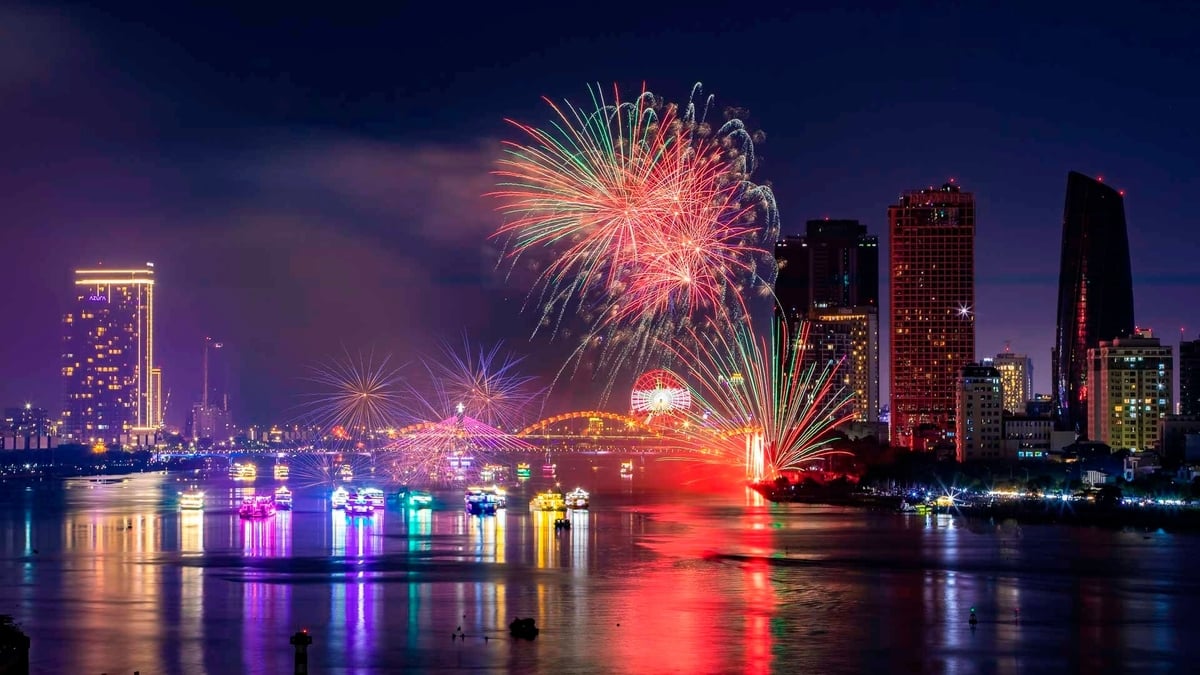



![[Photo] General Secretary To Lam receives Chief of the Central Office of the Lao People's Revolutionary Party](https://vphoto.vietnam.vn/thumb/1200x675/vietnam/resource/IMAGE/2025/5/30/140435f4b39d4599a3d17975dfb444c5)

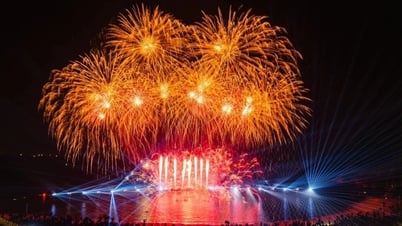

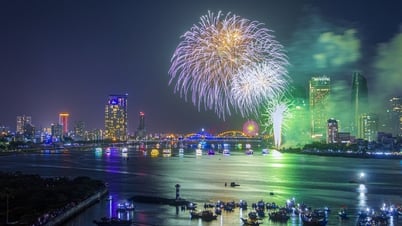

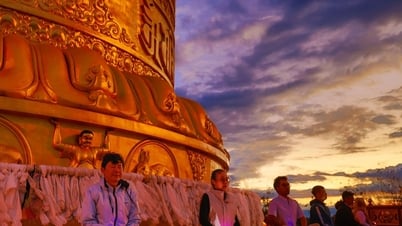

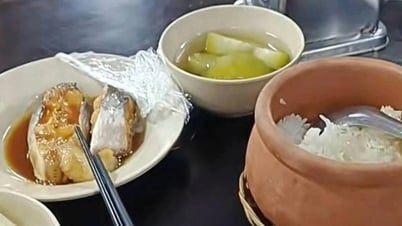
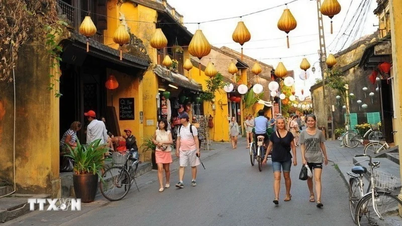
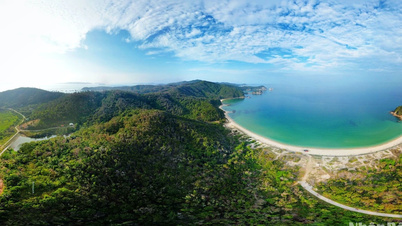




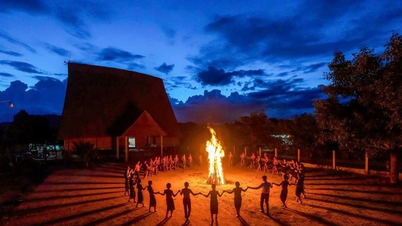
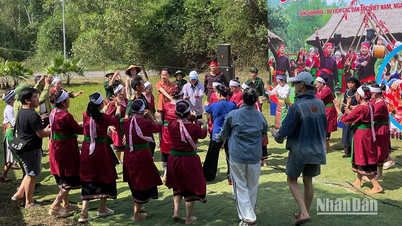

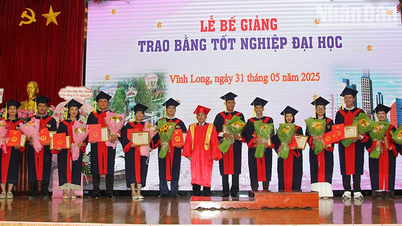



![[Photo] National Conference "100 years of Vietnamese Revolutionary Press accompanying the glorious cause of the Party and the nation"](https://vphoto.vietnam.vn/thumb/1200x675/vietnam/resource/IMAGE/2025/5/30/1cf6cd5c8a934ebfa347028dcb08358c)

























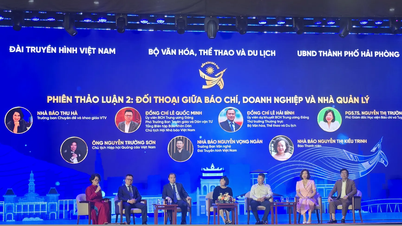



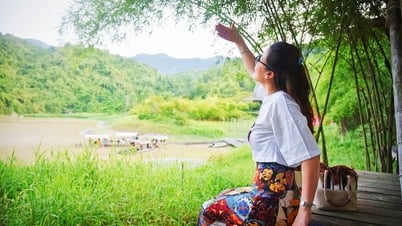
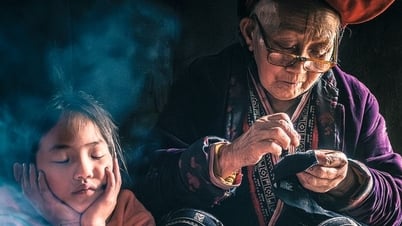







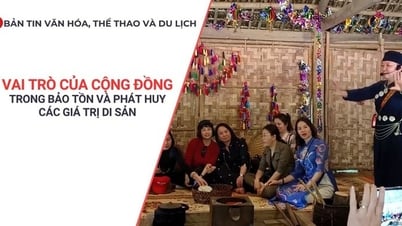



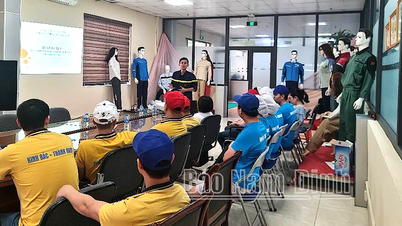

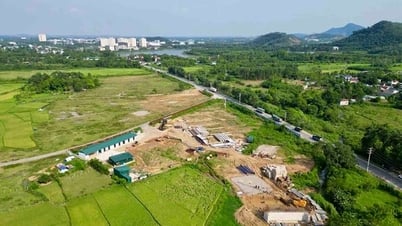



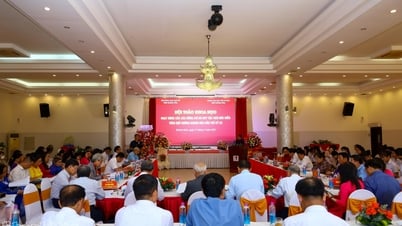

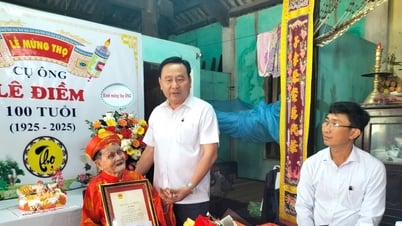









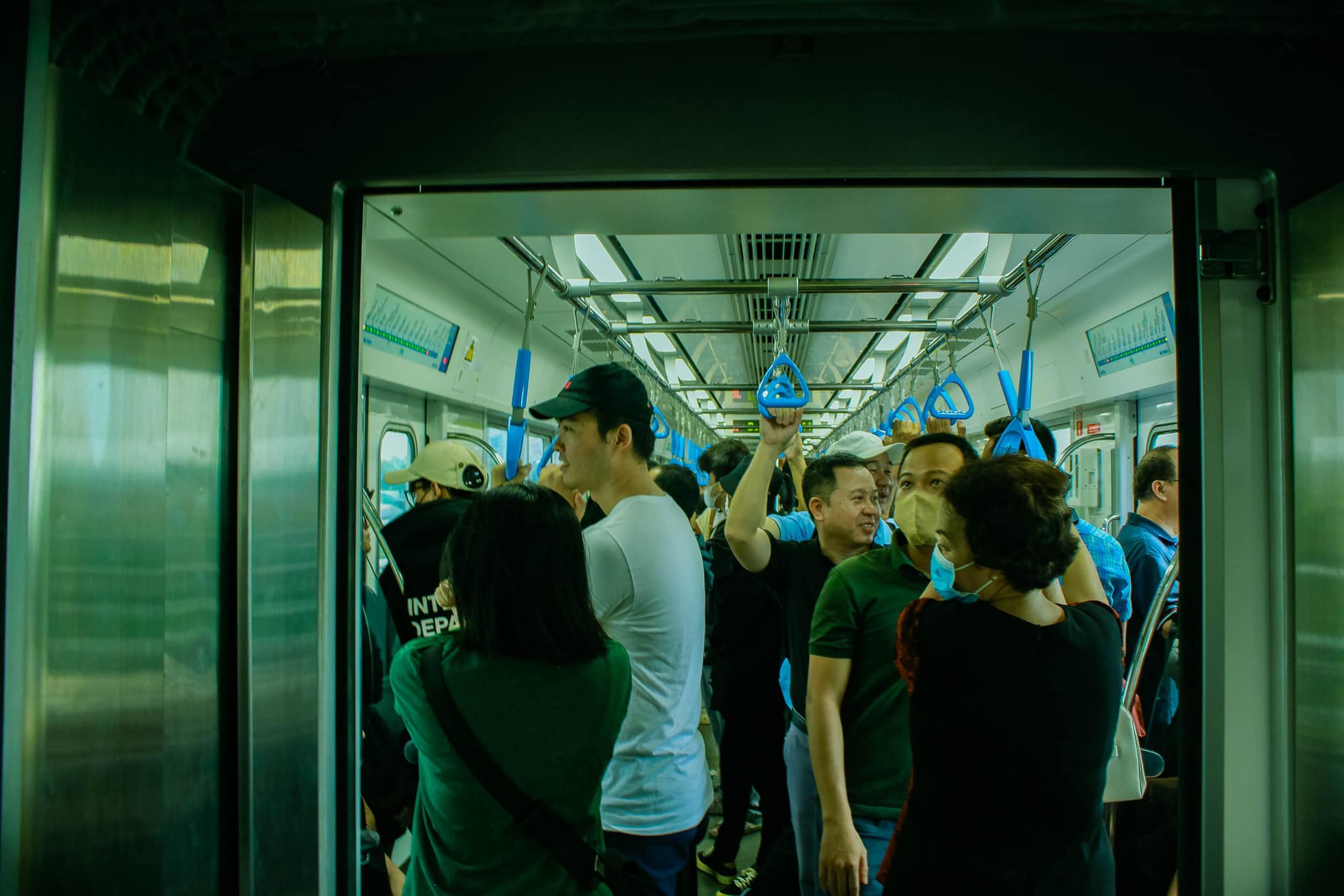



Comment (0)